Good readers are generally motivated readers. You’ve probably witnessed firsthand the truth behind that statement. But where do motivation and engagement “come from”—are they inborn, or can they be developed with the help of effective instruction?
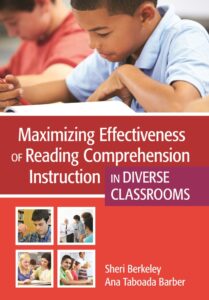 In their book Maximizing Effectiveness of Reading Comprehension Instruction in Diverse Classrooms, Sheri Berkeley and Ana Taboada Barber share these insights:
In their book Maximizing Effectiveness of Reading Comprehension Instruction in Diverse Classrooms, Sheri Berkeley and Ana Taboada Barber share these insights:
Many people think that motivation is an ingrained, inherited trait, just like whether you have blue or brown eyes. You either have it or do not (or you have it for certain things and not for others). Although we are all more intrinsically motivated for some activities than others, school reading is not an option for students. Reading during school time is most likely the only opportunity to build knowledge and learn from reading for many students, especially those who live in poverty or struggle with reading. It is this school-based reading that can launch them to reading outside of school and for their own enjoyment.
So how can you increase student motivation and engagement during school-based reading tasks? Today’s post gives you four ideas, excerpted and adapted from Maximizing Effectiveness of Reading Comprehension Instruction in Diverse Classrooms. These strategies can help all students, including struggling readers, engage more fully with books and other texts and develop the comprehension skills they need for the ultimate goal of reading to learn.
Build reading tasks around knowledge goals
One effective engagement-supporting practice is embedding knowledge goals in reading tasks, a practice that also significantly improves reading comprehension. The term “knowledge goals” simply refers to the organization of content units around themes (Cox & Guthrie, 2002).
For example, if you organize a life science unit around the topic of “Adaptations to the Environment,” you might assign reading about mammals’ and birds’ types of adaptations so that students are reading and learning about key concepts through different topics. And to introduce the idea of chemistry for a high school chemistry class, you might choose to have students read articles and collect artifacts behind household items such as cosmetics, perfumes, medicine, household cleaners, soap, and toothpaste. The unifying theme would be to learn what is common and what is different about the chemical composition of these items, and the broad concept of chemistry would be at the center of all the reading and exploration. When your students read to build knowledge about a topic or theme, it gives their reading activities a clear purpose that is in itself motivating.
Provide lots of interesting texts
Having an abundance of interesting texts is also critical to fostering students’ engagement in reading (and comprehension skills). Think beyond the exclusive use of textbooks, which tend to cover topics in an abbreviated format. Although textbooks are needed to cover essential content, students will be more engaged in their reading and motivated to read if they can read extensively about a topic.
For example, students who are learning about Teddy Roosevelt’s presidency might read different books that span his presidency, his foreign policy legacy, his civic involvement, his role in fighting business monopolies, his early childhood health struggles, and his love of nature and pivotal role in creating the national parks. Students will benefit from the opportunity to develop expertise on a topic and engage with the content more deeply than they would have with a textbook-based, “teaching to the test” approach.
 Support student collaboration in reading
Support student collaboration in reading
Teacher support for student collaboration during reading activities is another important engagement-supporting practice. Many students report that small-group interactions and discussions about texts are helpful. Juan, a sixth-grade English language learner, says, “In a group it is easier. You have people to think with: What is the main idea? And that has got to be easier.” Fourth-grade student Miguel says, “I like working with my buddies in small groups when we read; we get to talk about dangerous animals and how they are at the top of the food chain. If I am reading alone all the time, it is boring. I do not get to discuss this.”
Keep in mind that the point of social collaboration around literacy is to increase productivity and engagement. Watch that the fun of small-group collaboration isn’t dominated by small talk. Your students will need well-structured, goal-driven literacy-related tasks; make sure they’re all accountable for a common group goal and that individual responsibilities are clear for each team member. Monitor their collaboration and provide scaffolding to ensure that group work is contributing to all students reading to succeed.
Provide autonomy support
Feeling in control and self-directed in their reading is a powerful motivator, especially for struggling students. You can support your students’ autonomy during reading tasks by:
Fostering relevance. You can do lots of things to help establish relevance, from providing hands-on activities for science to taking students to a local museum so they can interact with primary documents and artifacts before learning a specific topic in history. Explain the role of the learning activity in relation to the students’ personal goals or everyday lives. Clearly convey and discuss the importance of why students are learning what they’re learning; this is especially important for adolescents who tend to question almost everything, including the purpose of school. Try posing questions to students such as:
- Why do we care about activating our knowledge about text? How does it help us?
- Why is this important to learn today?
- Why is it useful to ask questions during and after reading?
- How do summaries help with our reading?
- When do you think summarizing may become especially helpful to you?
- Why do good readers monitor their comprehension?
Providing students with meaningful academic choices. Give students a choice of books to read within subthemes of a theme, a choice of strategies to apply out of a menu of preselected ones, and/or a choice of media they can use to present a final project for a unit. It’s important that these choices are perceived as meaningful by the students in addition to addressing the content to be learned.
When you focus on improving motivation and engagement during school-based reading tasks, you’ll ultimately improve achievement for all learners. Your instructional decisions can make all the difference for struggling learners and can strengthen every student’s ability to read to learn. Use the strategies in this article to get started, and explore the book behind today’s post for more guidance.
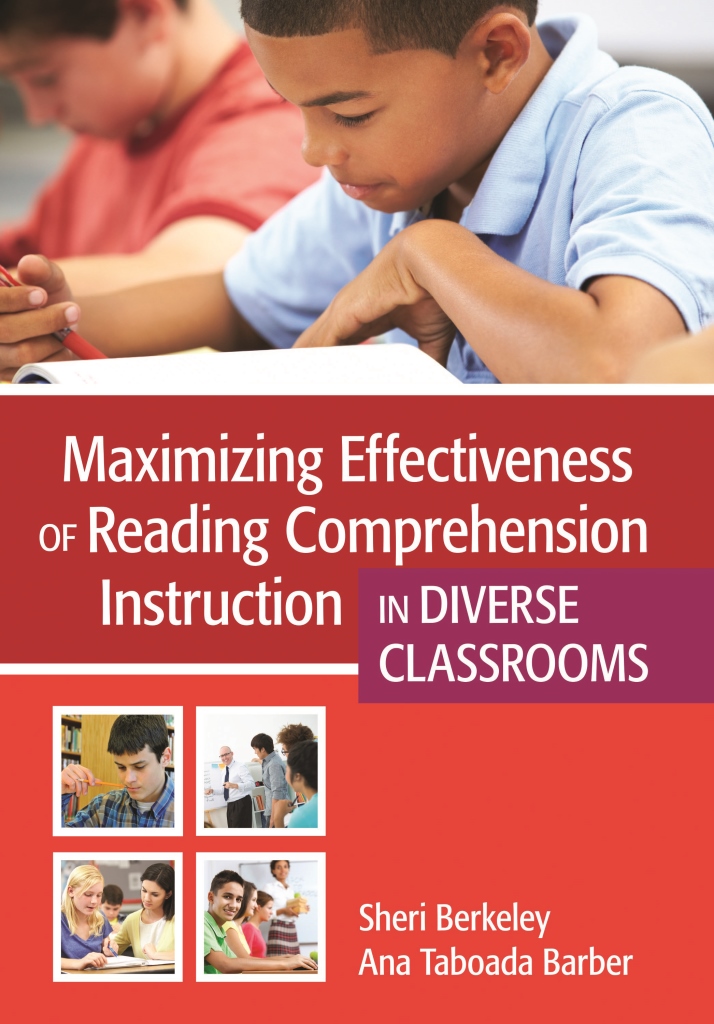
Maximizing Effectiveness of Reading Comprehension Instruction in Diverse Classrooms
By Sheri Berkeley and Ana Taboada Barber
The ideal foundational text on comprehension—and a great resource for in-service educators—this accessible volume equips middle and high school teachers with the critical background knowledge and practical instructional techniques they need to explicitly teach comprehension skills.
Stay up to date on the latest posts, news, strategies, and more!
Sign up for one of our FREE newslettersMore posts like this

Teaching Struggling Readers: 8 Steps to Effective Instruction
March 5, 2019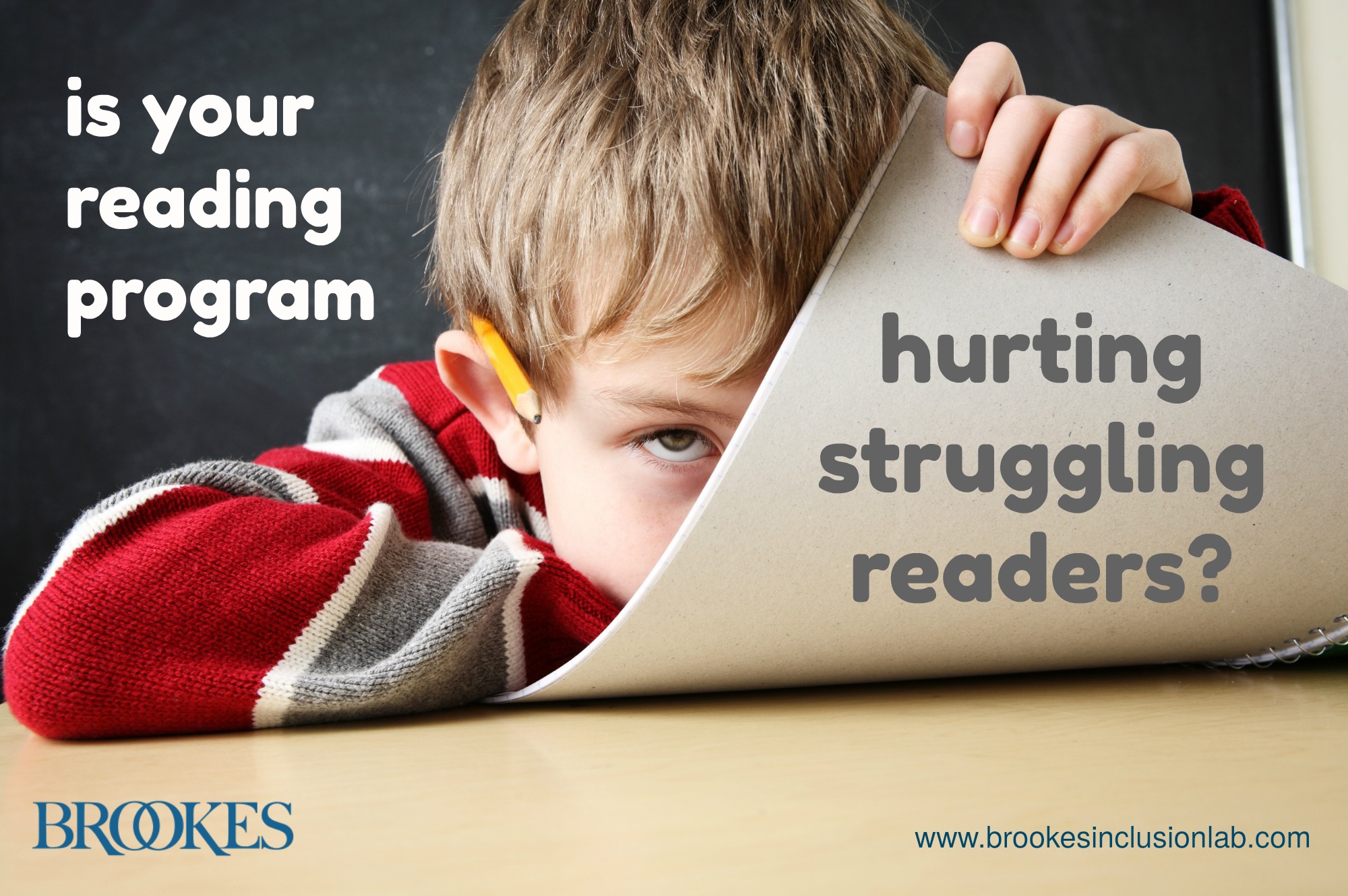
5 Mistakes in Reading Program Design that Can Hurt Struggling Readers
November 21, 2018

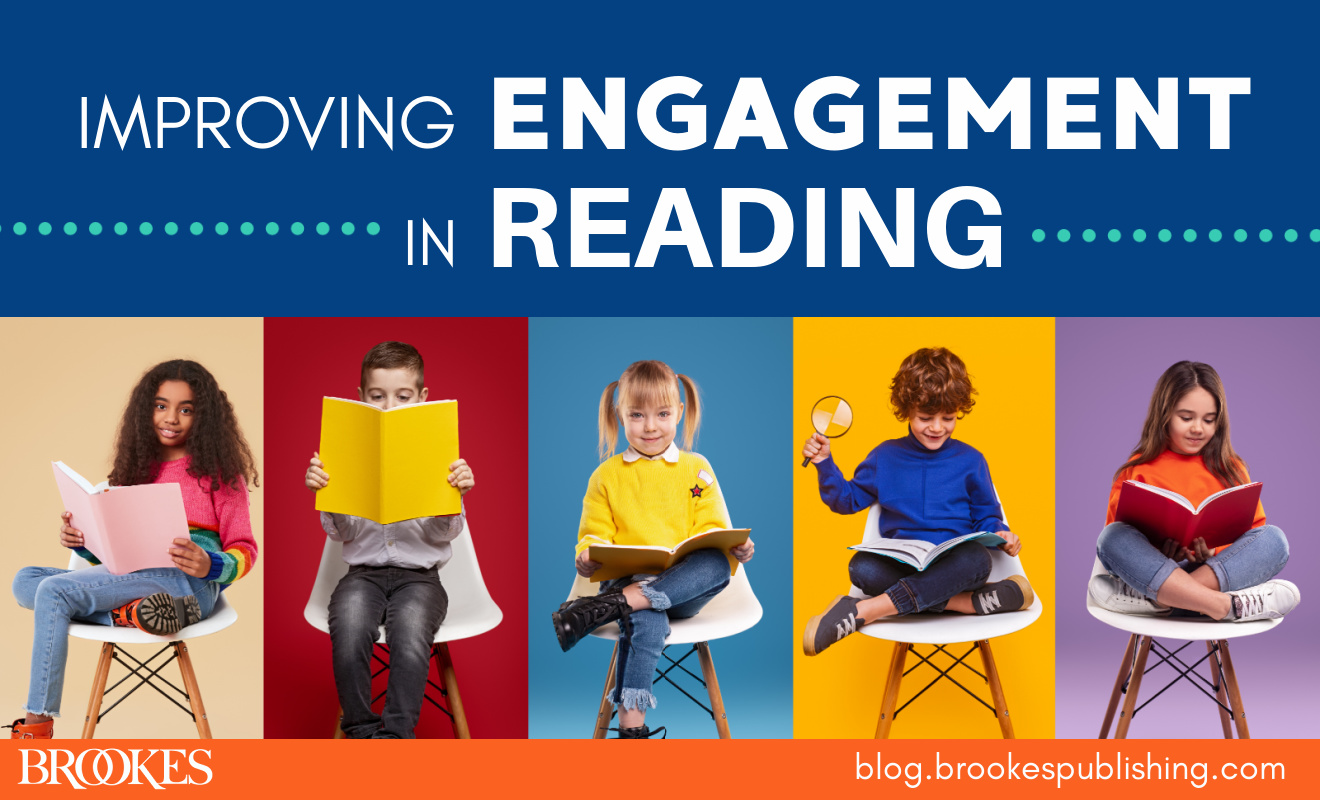
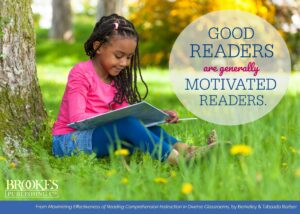


Write a Comment
Your email address will not be published. Required fields are marked *
Post a Comment